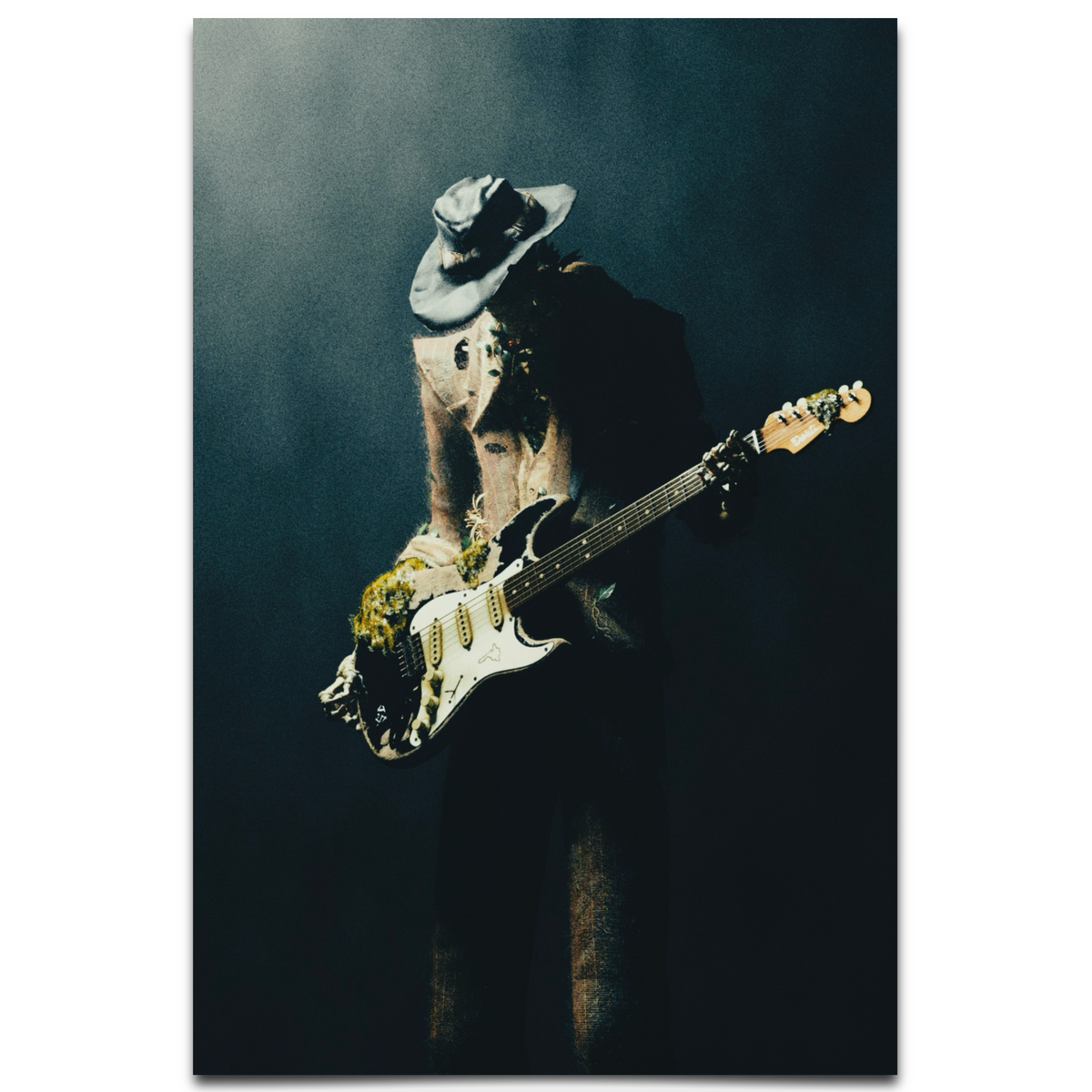If you’ve ever wondered why some songs feel emotionally complex or unpredictable, modal interchange might be the secret ingredient. In songwriting, modal interchange is a technique where a composer borrows chords from a parallel mode—think switching between major and minor versions of the same key—to create unique harmonic flavors. It’s a powerful tool that can add depth, tension, or surprise to a piece of music. Let’s break down how it works and why it matters for songwriters.
What Is Modal Interchange?
Modal interchange, sometimes called “mode mixture,” happens when you mix chords from parallel major and minor scales. For example, if you’re writing in C major, you might borrow a chord like Eb major or Ab major from the parallel C minor scale. These “borrowed” chords don’t naturally belong to the original key, so they stand out, often creating a darker, more melancholic, or even mysterious vibe. This technique is rooted in music theory but doesn’t require you to be a theory expert to use it effectively.
How It Affects Songwriting
Modal interchange can transform a song by adding emotional contrast or breaking away from predictable progressions. Here are a few ways it impacts the creative process:
- Emotional Depth: Borrowing minor chords in a major key (or vice versa) can shift the mood instantly. A classic example is using a flat VI chord (like Ab in C major) to inject a sense of longing or sadness into an otherwise upbeat song.
- Surprise and Interest: Listeners often expect certain chord progressions based on a key. Modal interchange throws a curveball, keeping the music fresh and engaging. Think of how many pop ballads use a sudden minor chord to tug at the heartstrings.
- Versatility in Genres: This technique appears across styles—jazz, rock, pop, and even classical. The Beatles, for instance, used modal interchange in songs like “We Can Work It Out,” blending major and minor elements for a bittersweet effect.
How to Use It in Your Own Songs
You don’t need to overcomplicate things to experiment with modal interchange. Start by identifying your song’s key, then look at the parallel major or minor scale. Try swapping one chord in your progression for a borrowed one—say, replacing a major IV with a minor iv. Play it by ear to see if the shift matches the emotion you’re aiming for. Over time, you’ll get a feel for which borrowed chords work best in different contexts.
Final Thoughts
Modal interchange is like a spice in the songwriter’s toolkit—it’s not always necessary, but when used thoughtfully, it can elevate a song from ordinary to unforgettable. By blending elements of major and minor, you can craft music that resonates on a deeper level, surprising and moving your listeners. So, next time you’re stuck in a creative rut, try borrowing a chord or two and see where it takes you.
























